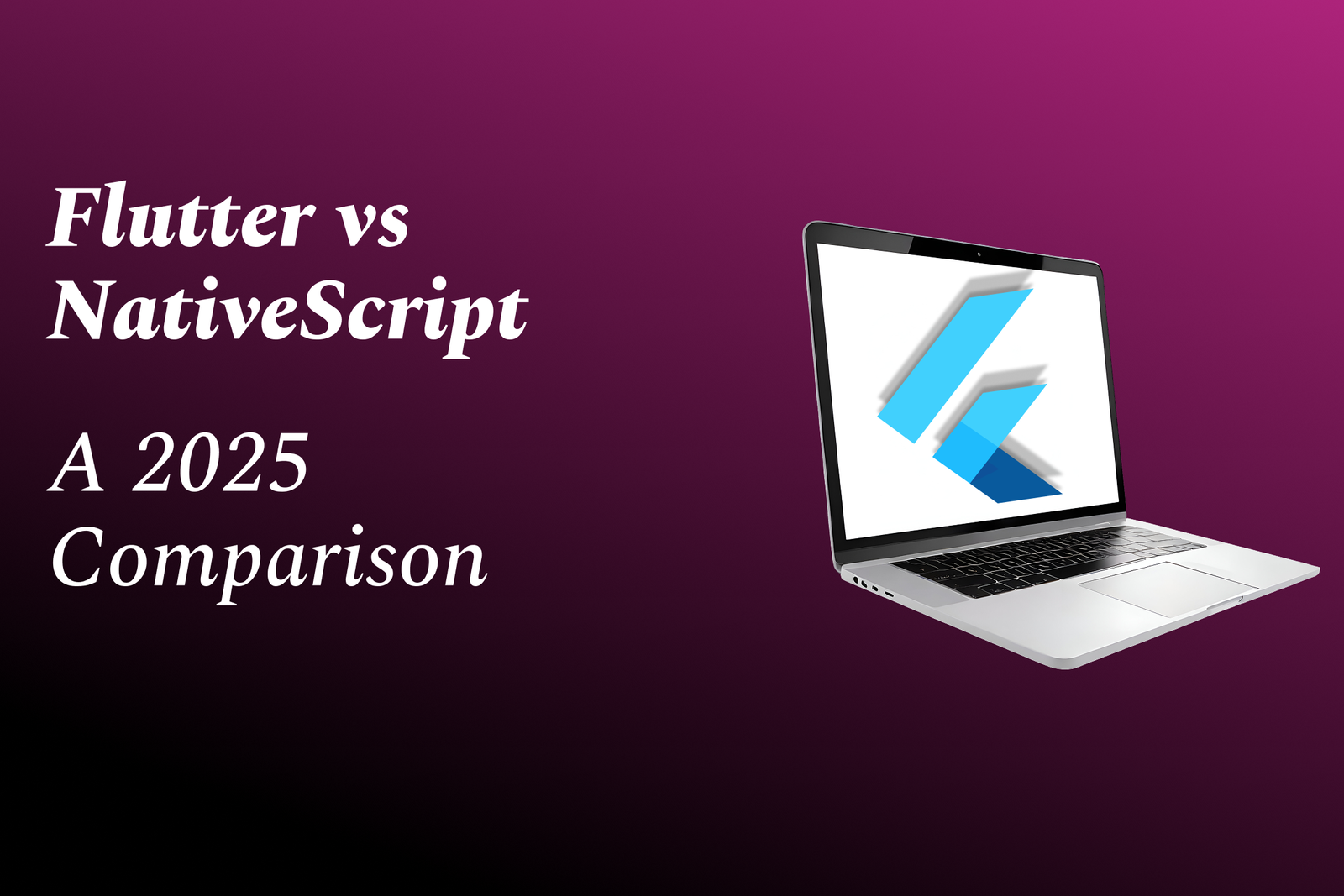Continuous Integration android
Enhancing Android Development with Continuous Integration Techniques
Continuous Integration android
Continuous Integration (CI) in Android development refers to the practice of automating the integration of code changes from multiple developers into a shared repository. This process typically involves automated builds and tests triggered by commits, ensuring that the application is always in a deployable state. By employing CI tools like Jenkins, GitHub Actions, or Bitrise, developers can automatically compile their code, run unit and UI tests, and analyze code quality with every change. This not only helps in identifying issues early in the development cycle but also enhances collaboration among team members, reduces manual testing efforts, and accelerates the delivery of high-quality Android applications.
To Download Our Brochure: https://www.justacademy.co/download-brochure-for-free
Message us for more information: +91 9987184296
1 - Definition of Continuous Integration: Explain what CI is, focusing on the practice of frequently merging code changes into a shared repository to automate testing and build processes.
2) Benefits of CI: Highlight the advantages, such as early detection of bugs, improved software quality, and faster release cycles, which lead to a more efficient development process.
3) CI Tools for Android: Introduce popular CI tools used in Android development, such as Jenkins, GitLab CI, CircleCI, and GitHub Actions, explaining their features and benefits.
4) Version Control Integration: Discuss the importance of integrating CI with version control systems like Git, which allows for consistent tracking of code changes and collaboration among developers.
5) Automated Testing: Explain how CI facilitates automated testing, including unit tests, UI tests, and integration tests, ensuring that code changes do not break existing functionality.
6) Build Automation: Describe how CI automates the building of Android applications using tools like Gradle, which reduces manual effort and increases consistency.
7) Code Quality Checks: Outline the use of tools like SonarQube or Lint in CI pipelines to enforce coding standards and detect code smells or vulnerabilities early in the development life cycle.
8) Environment Configuration: Emphasize the need for consistent development and deployment environments, and how CI helps achieve that through automated setup of build environments.
9) Deployment Automation: Explain how CI pipelines can automate the deployment of Android apps to staging or production environments, streamlining the release process.
10) Feedback Loop: Discuss how CI creates a quick feedback loop for developers, allowing them to receive immediate reports on the status of their builds and tests.
11) Scalability: Highlight how CI systems support scalable projects, enabling multiple developers to work concurrently without disrupting the build process.
12) Collaboration Enhancement: Explain how CI tools encourage collaboration among teams by providing shared visibility into code changes, build status, and test results.
13) Artifact Management: Discuss the importance of managing build artifacts and how CI systems can automatically store and label builds for versioning.
14) Security Integration: Describe how CI can also include security checks to identify vulnerabilities within the application early during the development cycle.
15) Continuous Delivery/Deployment (CD): Briefly introduce the concepts of continuous delivery and continuous deployment, explaining how CI is a foundational practice that enables CD practices.
16) Real World Case Studies: Offer examples of successful Android projects that have implemented CI, showcasing the impact on team productivity and app quality.
17) Best Practices: Provide students with best practices when setting up CI for Android projects, including branching strategies, managing dependencies, and configuring notifications for build statuses.
18) Hands On Training: Conclude with a hands on component where students can set up a simple CI pipeline for an Android project using a CI tool of their choice, reinforcing the concepts learned.
This structure can serve as a comprehensive guide for offering a training program on Continuous Integration in Android development, ensuring students gain both theoretical knowledge and practical skills.
Browse our course links : https://www.justacademy.co/all-courses
To Join our FREE DEMO Session: Click Here
Contact Us for more info:
best python certification
Who Created ReactJS
Flutter Training in Vellore
java training institute in jaipur
Best train simulator Android











